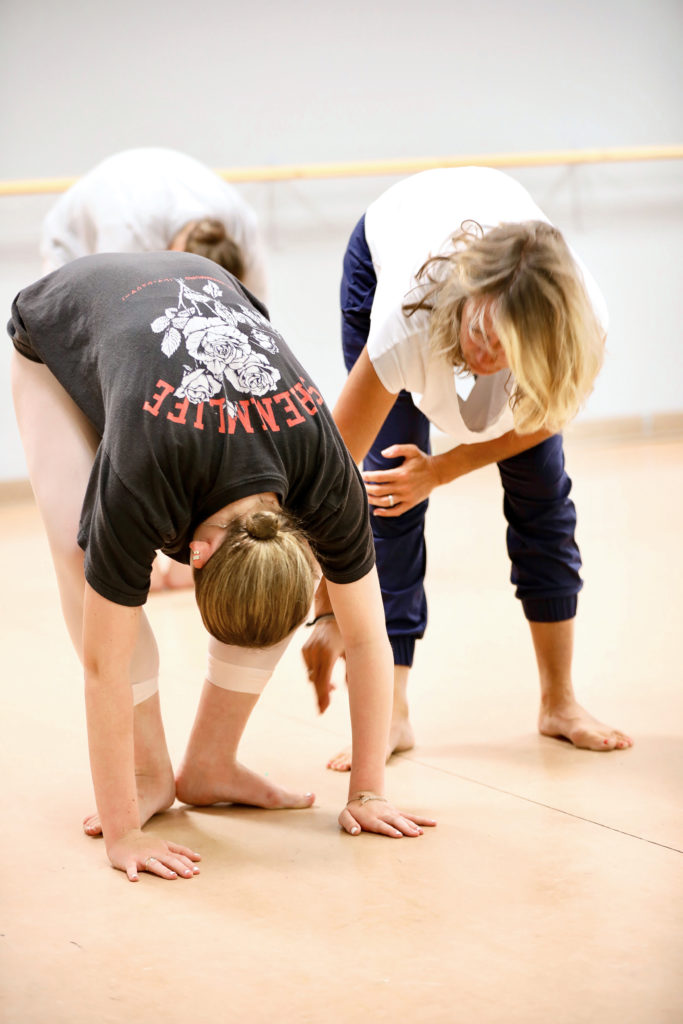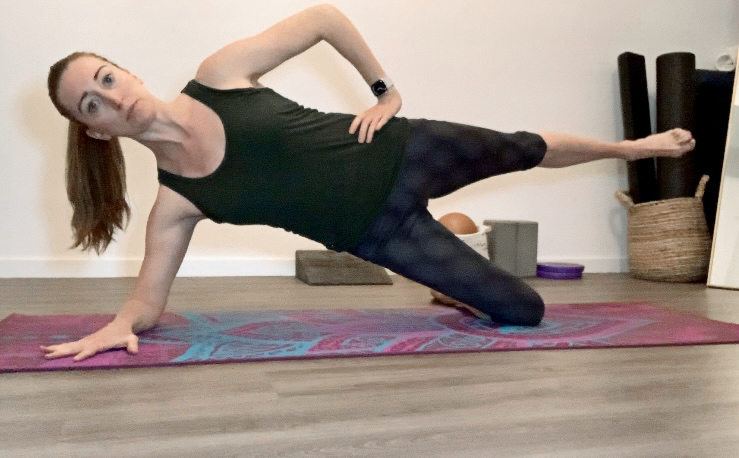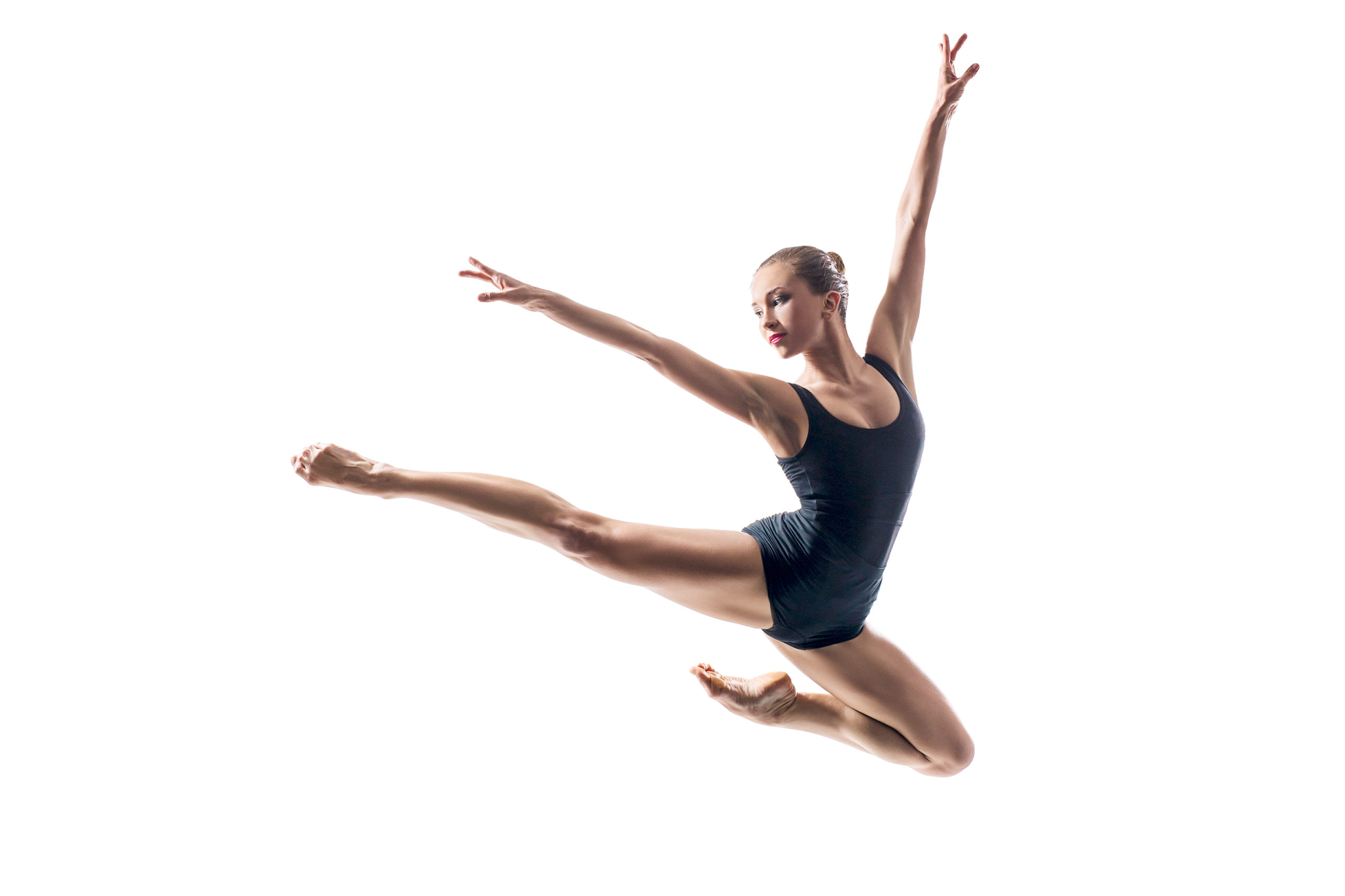Expert Tips for Bigger, Safer Jumps and Leaps
There are few onstage moments more thrilling than watching a dancer jump so high that they’re able to seemingly hang in the air. But as New York City–based ballet teacher Finis Jhung puts it, “There are no wires to lift you up.” High jumps are a combination of functional strength, smart mechanics and a strategic mindset. Give your jumps a boost with these expert recommendations.
Jump Like a Human, Then Like a Dancer
When working with dancers on their jumps, athletic trainer Megan Richardson always starts with athletic jumps and postures—no turnout, only functional arms, and allowing the push-off and landing position to be more like a squat than an upright plié. As dancers master the basic mechanics, they slowly progress to “dancerly” jumps. “First, you’re learning to jump like a human and produce force like a human, then you can stylize it for dance,” she says.
Contemporary teacher Shelly Hutchinson takes a similar approach in her jumps and turns classes at Broadway Dance Center in New York City, encouraging dancers to aim for height first, then add everything else. “I can’t get my legs straight, turn them out, stretch my ankles, get my shoulders down, until I have height off the floor,” she says. “So first, let’s get as high as we can, and then we’ll have all that time in the air where we can do those things.”

Hutchinson structures her across-the-floor series with this in mind, asking dancers to focus just on height on their first progression, then adding a focus on technical elements, like lengthening the legs or stretching the feet with each subsequent pass. While dancers not in a jumping-focused class may not have this opportunity, they can still implement Hutchinson’s philosophy by focusing on height first, and then slowly adding other areas of focus over time as they improve.
Hutchinson also finds that pedestrian, task-focused images (like jumping over a puddle, dunking a basketball or reaching for something you really want that’s up high) help dancers tap into their natural jumping power without getting too much in their heads.
Put Your Brains in Your Feet

“It all starts with the feet,” says Jhung. He finds dancers often focus too much on muscling through jumps with their legs and not enough on pushing off their heels and rolling through their feet. After all, he says, the feet are what allow dancers to bounce off the floor.
Hutchinson emphasizes the preparation of the feet in her warm-ups, helping dancers find their heels in pliés and rolling through demi-pointe and full pointe and then pushing all five toes off the floor, “because that’s how we’ll pick up our feet eventually” in jumps.
Dancers with high arches may struggle with this. Richardson says it’s especially important for them to warm up with dynamic stretches and massage or roll out the bottoms of their feet to keep them supple. Tight or weak calves can also hinder jumps by limiting a dancer’s ankle flexion—just be sure to save any static stretches for after jumping, says Richardson, since they temporarily decrease the muscles’ power.
Turn Your Legs Into Springs
Through years of studying slow-motion recordings of Baryshnikov and other greats jumping, Jhung has developed his own philosophy, called “ping, slam, bounce,” aimed at helping dancers train for bouncy, springy jumps. The “ping” refers to the action of the knee in plié—Jhung emphasizes that the knee doesn’t bend itself, but rather the feet and toes pull the knee into plié. The “slam” is the heel pushing into the floor, which should then allow dancers to “bounce” up.
The idea of pushing off the heel is key for Hutchinson’s approach, too: “It’s a strong platform, and it’ll help us connect to the hammies and glutes and inner thighs.”
Travel Forward to Get Up
One trick for finding height in traveling jumps: a big, powerful step in the direction of the jump. “For people who jump high, the foot that’s going to push off the floor is way out in front of them,” says Jhung. “Whether it’s a grand jeté or an assemblé, or you’re going forward in fourth, you’ve got to get that pushing foot out there, because when it hits the floor, it propels you into the air.”
Exercises for Higher Jumps
Without core strength, “you’re going to be like a wet noodle in the air,” says athletic trainer Megan Richardson. “Even if you have the strength and the technique, if you don’t have core stability, you’re not going to be able to get off the ground.” Richardson recommends this plank series to build core and hip strength for jumps:
Crouching hover plank to burst plank: Begin on all fours. Keeping a neutral back and pelvis, engage your abdominals and press your knees up to “hover” off the ground. From there, bend your knees and crouch backward, sitting slightly back onto the feet, then burst forward pushing from your legs, sliding the hands into a regular plank. Repeat as many times as possible while maintaining good form (neutral pelvis, core engaged, feet flexed, pushing through the quads).



Elbow plank with leg lift: Start in a side elbow plank, with the bottom leg bent and the knee on the floor, making a straight line from hip to knee, then lift your hips off the ground. With the top leg extended to the side and slightly behind you, lift it up to hip height. Do three sets of 8–10 leg lifts on each side.

Teachers: For tips on teaching your students how to jump higher, visit dance-teacher.com.




